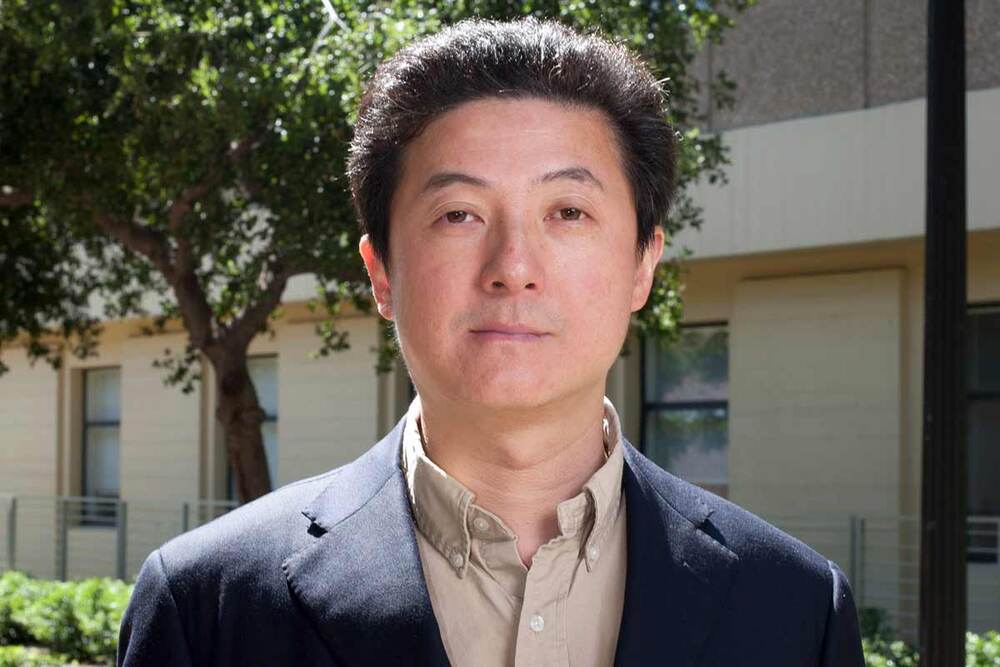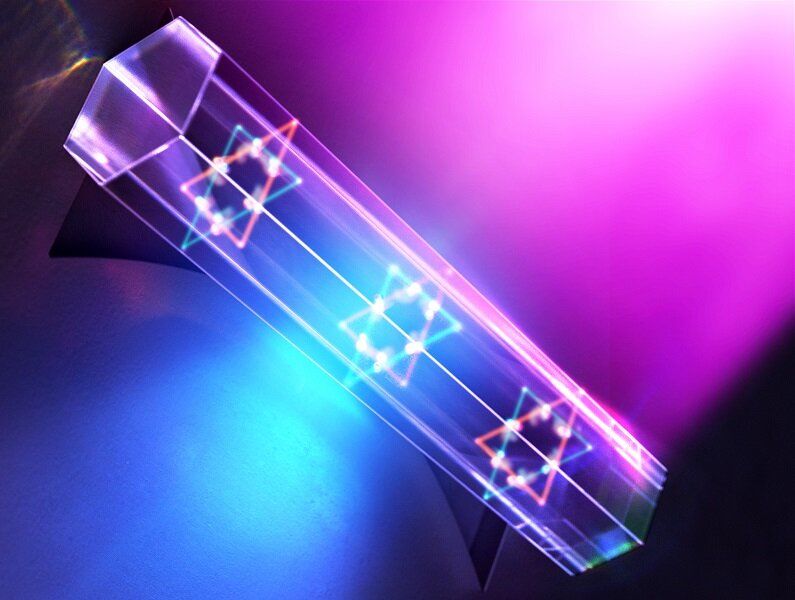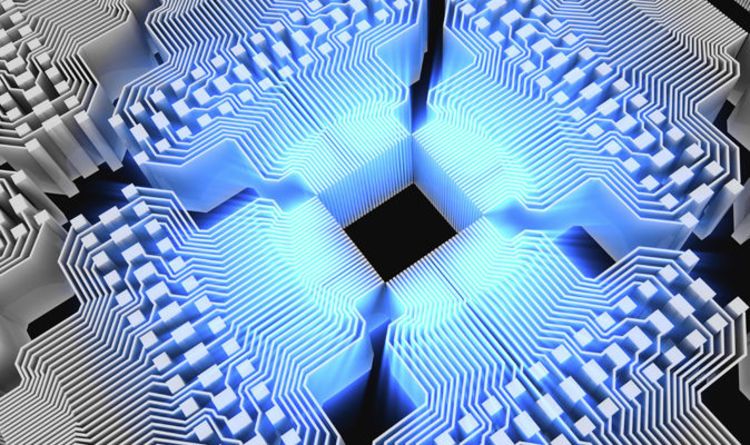Jul 10, 2021
Subatomic Particle Seen Changing to Antiparticle and Back for the First Time in Extraordinary Experiment
Posted by Quinn Sena in category: particle physics
A team of physicists, including the University of Warwick, have proved that a subatomic particle can switch into its antiparticle alter-ego and back again, in a new discovery just revealed last week.
“This new result shows for the first time that charm mesons can oscillate between the two states.”
An extraordinarily precise measurement made by UK researchers using the LHCb experiment at CERN has provided the first evidence that charm mesons can change into their antiparticle and back again.


















